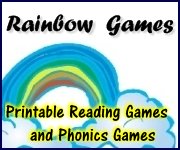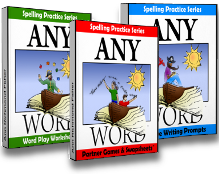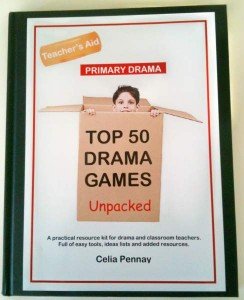How to Write an Autobiography
A Creative Multiple Intelligence Lesson Plan
Learning how to write an autobiography strengthens solid writing skills. When you instruct your students to "Write your own autobiography", they'll enjoy this multiple intelligence approach!
Creating an autobiography provides kids with plenty of practice in writing and editing skills. Employing the writing process, they'll improve their application of spelling, punctuation, sentence structure, and correct grammar. Writing an autobiography is also a great bonding time for you and your students, as you work together during the editing stage. You'll get to know the special hopes and dreams of each of your kids!
How to Write an Autobiography with a Multiple Intelligence Connection
We'll pair our autobiographical essays with a presentation project geared to each of your students' natural strengths. Based upon the nine multiple intelligences, here are suggested ideas for your kids to consider. I'm sure you'll think of many more! For additional information, visit these pages, writing across the curriculum and multiple intelligence lesson plans.- Verbal-Linguistic: be "interviewed" by the class, answering further questions about your life
- Spatial: create a visual collage of your life for display
- Bodily-Kinesthetic: present your autobiography through the use of puppets
- Logical-Mathematical: create a pictorial time line of your life for display
- Musical:write a poem or song about yourself
- Interpersonal: create a photo montage of the most influential persons in your life
- Intrapersonal: create a visual collage of your most important goals for display
- Naturalist: decide what animals most represent you and create illustrations of those animals, explaining to the class the reasons for your choices
- Existential: create visual illustrations of how you make a good difference in the world around you, both now and in the future
How to Write an Autobiography Using a Cluster Map
Writing a simple, multi-paragraph autobiography can be easily accomplished with the use of a cluster map.Pre-writing:
- Step 1: Have students brainstorm ideas about themselves into three clusters: personal history; favorite activities and interests; dreams, goals, and hopes for the future. Kids can simply tri-fold a sheet of notebook paper to form physical space for the clusters, or they can map out three large squares on paper.
First Draft:
- Step 2: Demonstrate to students how to write an autobiography as a multi-paragraph essay by first taking the ideas in each cluster and developing them into complete paragraphs. Emphasize varied sentence structure and transitional phrases.
Revision:
- Step 3: Work with students to proofread for errors and suggest any possible portions for rewriting. This is also a good time for student partners to exchange drafts, making use of peer editing.
- Step 4: Correct any spelling, punctuation, or grammar mistakes.
Final Copy:
- Step 5: Have students type or carefully write their final drafts.
Publishing:
- Step 6: Have students choose a presentation project based on the multiple intelligences listed above. Let kids present their autobiographical essay and project to their classmates with pride! For more creative writing activities to help your students tell their life stories, visit these pages on autobiography and memoir pieces.
A bonus tip: A great way of evaluating students' progress is to complete autobiographies at the beginning of the school year. Then have the class write autobiographies again at year's end, to see how kids have grown and changed, both in their views of themselves and in their writing skills. Enjoy the comparisons!
Return from How to Write an Autobiography to Creative Writing Activities
Return from How to Write an Autobiography to Creative Writing Ideas and Activities
Helping You Write Across the Curriculum!
copyright 2009-2013 www.creative-writing-ideas-and-activities.com
Our Most Popular Pages
5. Writing a Personal Narritive
10. Elements of Persuasive Writing
Recommeded Resources:
AnyWord(TM) Spelling Practice Series!
Worksheets, games and activities to use with any spelling words. Three volumes in all!
Stop Essay Pain!
LitWorks.com
Resources to help students prepare for literature examinations.
Teach Kids Drama!








